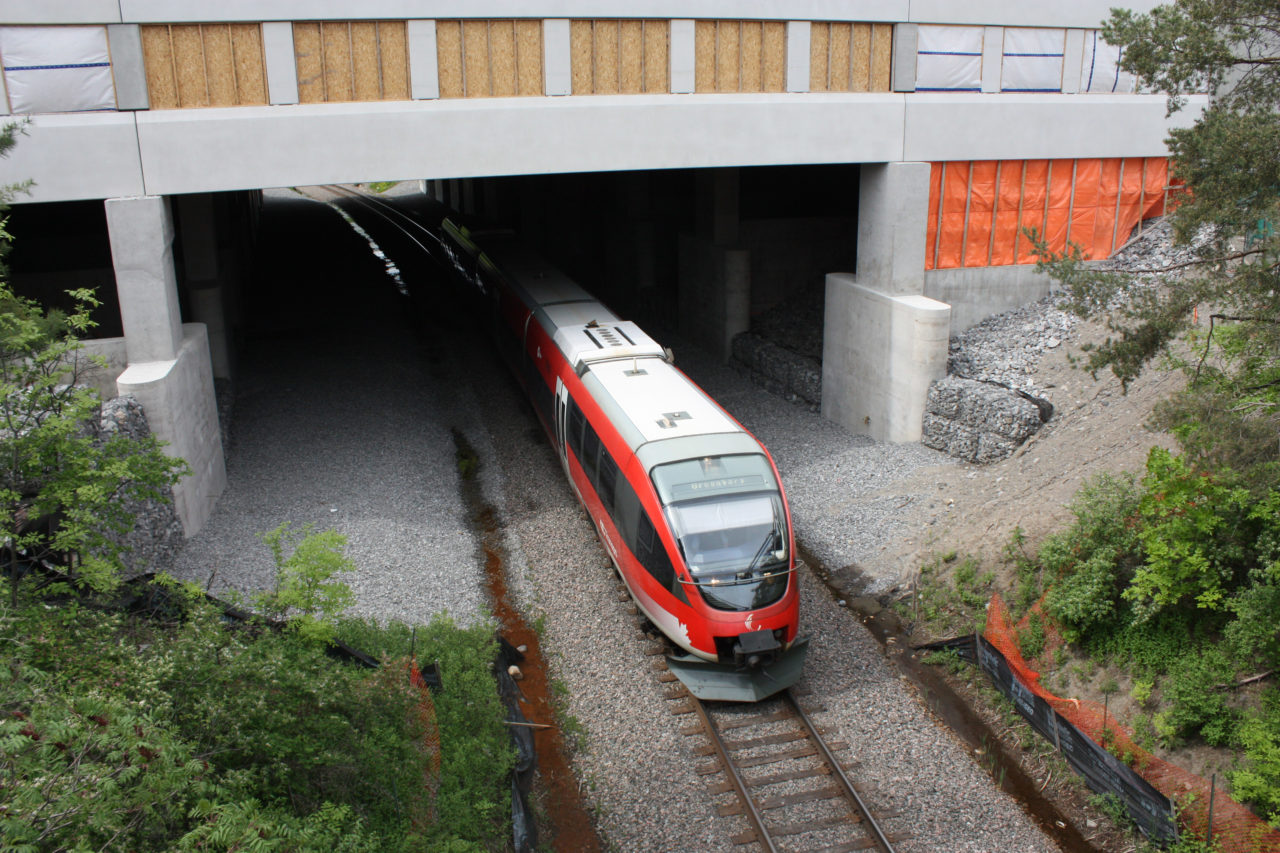Catherine McKenna, Canada’s minister of environment and climate change, awarded two Clean Rail academic grants to Carleton professors Jeremy Laliberté and Mostafa El Sayed in August.
Each grant gives the professors $25,000 to research how different materials and designs could improve the efficiency and safety of railcars while reducing their relative fuel consumption.
The grants received by the Carleton professors were two out of 10 grants given out during the fifth round of the clean rail grants program. This is the third time Laliberté has received this grant.
Laliberté said that so far in his career he “mainly worked on aerospace manufacturing, advanced materials and qualification testing.”
However, he applied for the grant because he saw it as an opportunity to manoeuvre towards a different industry.
“[I decided to] take my aerospace experience, and limited prior rail experience, and transition it to the relatively conservative freight train sector,” he said.
Laliberté also said that the grant will help outside of his own research.
“[The grant] will support one or two master’s students, and it ties in to other larger projects I have on aerospace and civil infrastructure materials,” he said.
Laliberté’s overarching goal for the project is to “develop a good understanding of how new and novel lightweight materials will behave under the real world.
In addition to bringing new research to the academic world on clean rail, these grants can also bring positive opportunities to engineering students.
Jashandeep Singh, a second-year aerospace engineering student, said that the grant is significant because of climate change.
“Climate change is real, and we’ve seen a lot of heat waves happen around us,” he said. “It is important to find more efficient ways of transport.”
Singh also said these projects allow students to work more directly with professors.
“If professors get these kinds of grants, they can give assignments and projects where students can give their ideas,” he said. “Students are the new generation and they can help out with their own views on fuel efficiency.”
File photo






